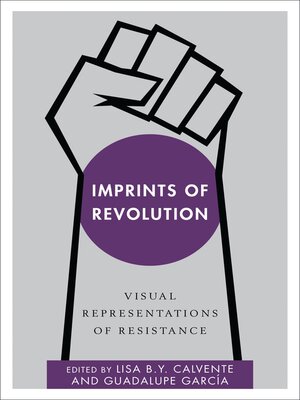Imprints of Revolution
ebook ∣ Visual Representations of Resistance · Disruptions
By Lisa B. Y. Calvente

Sign up to save your library
With an OverDrive account, you can save your favorite libraries for at-a-glance information about availability. Find out more about OverDrive accounts.
Find this title in Libby, the library reading app by OverDrive.



Search for a digital library with this title
Title found at these libraries:
| Library Name | Distance |
|---|---|
| Loading... |
What is the significance of the visual representation of revolution? How is history articulated through public images? How can these images communicate new histories of struggle?
Imprints of Revolution highlights how revolutions and revolutionary moments are historically constructed and locally contextualized through the visual. It explores a range of spatial and temporal formations to illustrate how movements are articulated, reconstituted, and communicated. The collective work illustrates how the visual serves as both a mobilizing and demobilizing force in the wake of globalization. Radical performances, cultural artefacts, architectural and fashion design as well as social and print media are examples of the visual mediums analysed as alternative archives that propose new understandings of revolution. The volume illustrates how revolution remains significant in visually communicating and articulating social change with the ability to transform our contemporary understanding of local, national, and transnational spaces and processes.
Imprints of Revolution highlights how revolutions and revolutionary moments are historically constructed and locally contextualized through the visual. It explores a range of spatial and temporal formations to illustrate how movements are articulated, reconstituted, and communicated. The collective work illustrates how the visual serves as both a mobilizing and demobilizing force in the wake of globalization. Radical performances, cultural artefacts, architectural and fashion design as well as social and print media are examples of the visual mediums analysed as alternative archives that propose new understandings of revolution. The volume illustrates how revolution remains significant in visually communicating and articulating social change with the ability to transform our contemporary understanding of local, national, and transnational spaces and processes.







